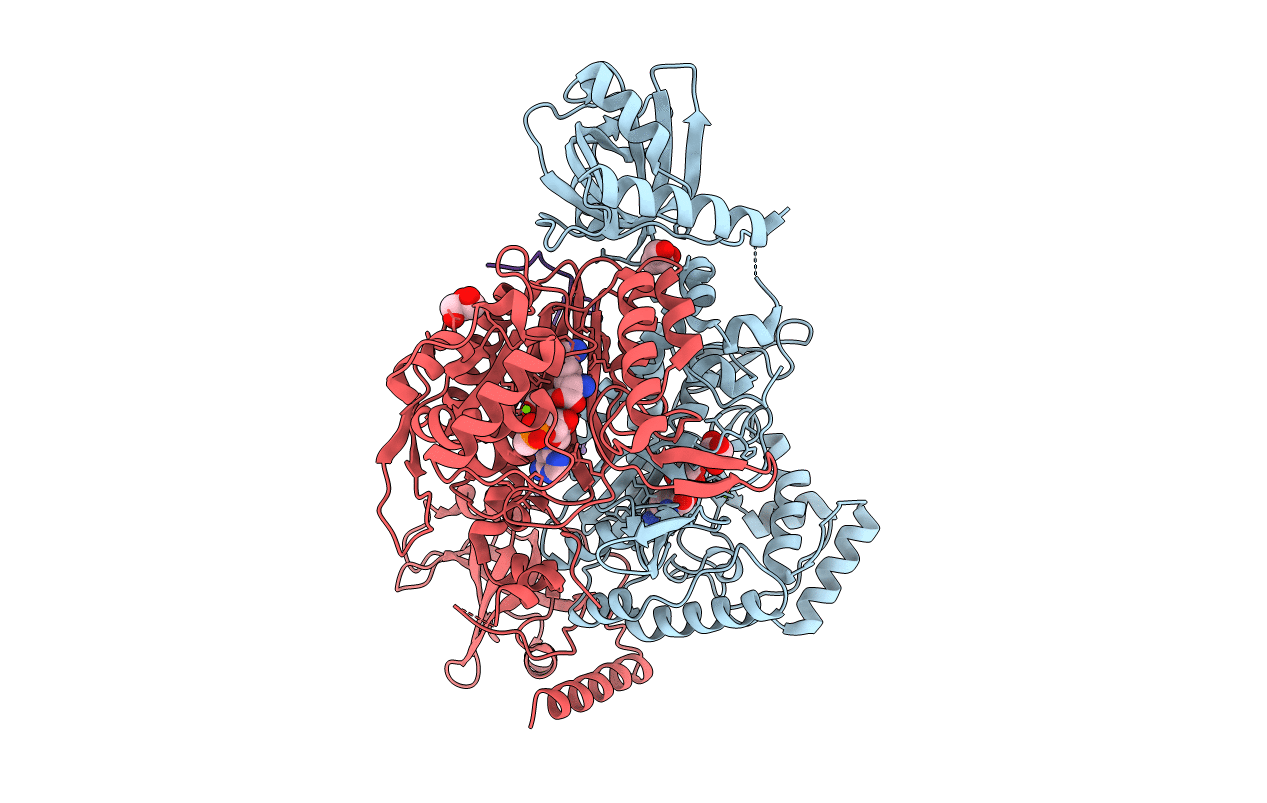
Deposition Date
2018-10-17
Release Date
2019-02-27
Last Version Date
2024-10-16
Method Details:
Experimental Method:
Resolution:
1.88 Å
R-Value Free:
0.18
R-Value Work:
0.15
R-Value Observed:
0.15
Space Group:
C 2 2 21


